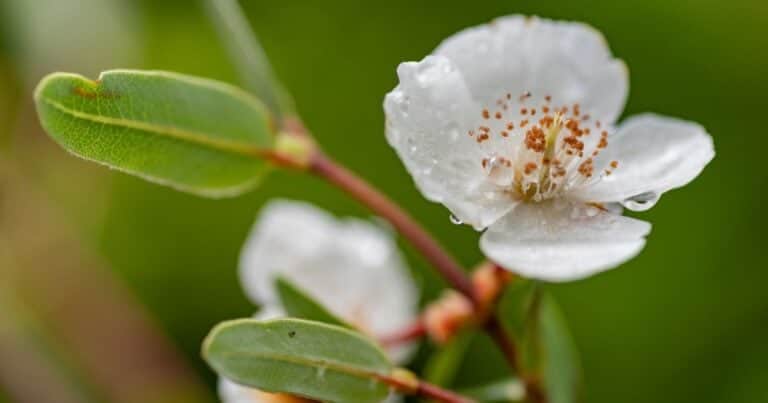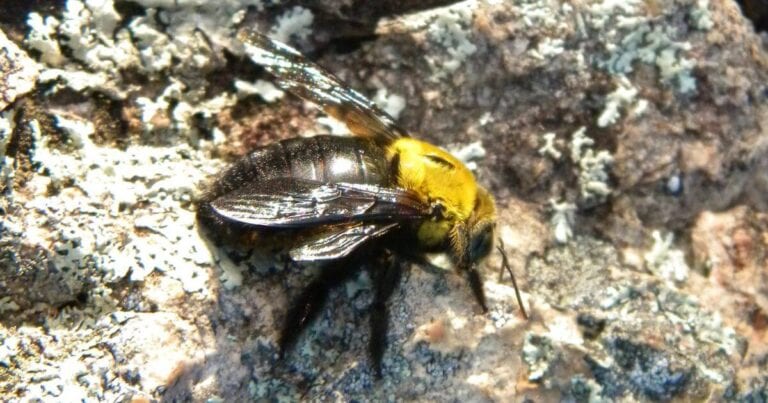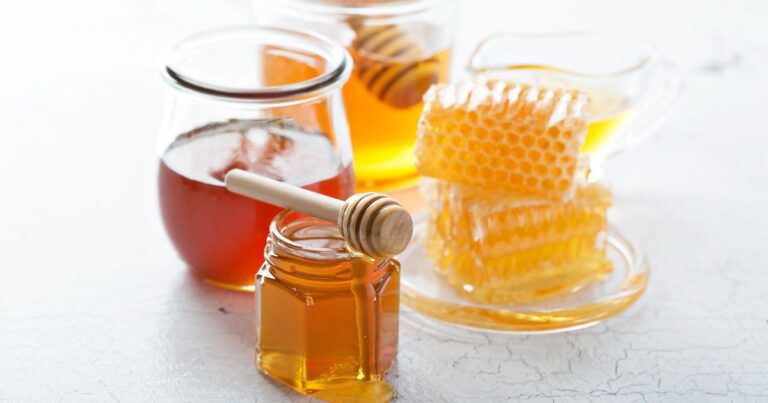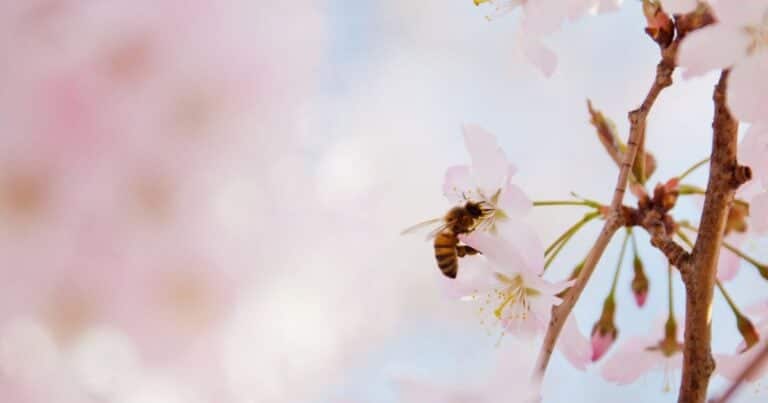Drinking Honey Part 1: In Bull Horns Tipped with Silver
What do Queen Elizabeth, the Vikings and Julius Caesar have in common?
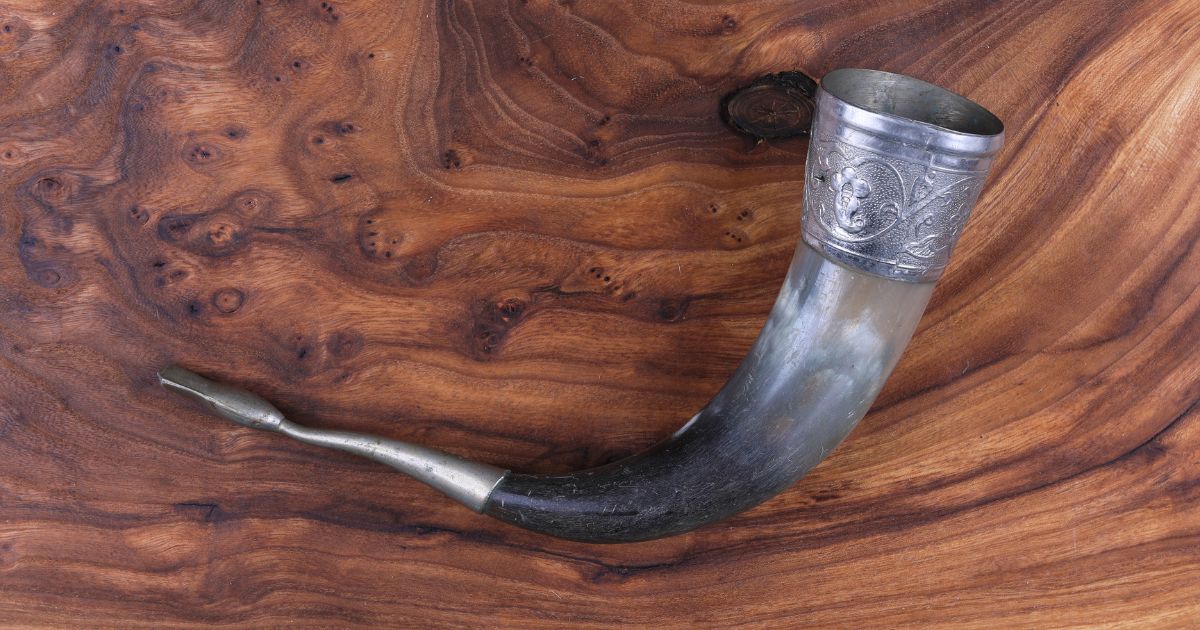
Drinking Honey Part 1: Best Consumed in Bull Horns Tipped with Silver
The earliest known wines were produced in Georgia around 6000 BC. Wines were consumed with gusto in ancient Greece and Rome, but there was another popular tipple, the origins of which can be traced back even further.
Vestiges of mead, an alcoholic beverage produced by fermenting honey, have been discovered in Chinese pottery dating from 7000 BC; residues have been confirmed in European pottery from about 2500 BC, and this ‘honey wine’ was also produced by early cultures in Asia and Africa.
Mead was so popular that it was hailed as the ‘drink of the gods’ in ancient Greece, where it was associated with health and vitality, and apparently taken by soldiers to enhance the healing of battle injuries. Its virtues were extolled by Aristotle and Pliny the Elder, amongst others, and an early recipe survives from around 60 AD.
Mead is made from honey, water, and a yeast or bacterial culture that promotes fermentation. Although many different techniques are employed, the basic process is almost identical to that of winemaking, and wine yeasts are often used. Mead is, however, unique in that the primary sugars are derived from honey. Historically, the fermentation process relied upon wild yeasts or bacteria, and this often produced inconsistent results. Primary fermentation of one or two months is generally followed by a secondary fermentation of six to nine months. Alcohol content varies but is typically between 5-20%. Mead may be still, carbonated or naturally sparkling, and ranges in flavour from very sweet to very dry.
Various additives, also known as ‘adjuncts’ or ‘gruit’, including fruits, spices, grains and flowers may be used to impart additional flavour. A mead containing fruit is known as a ‘melomel’, whereas one that contains spices or herbs is called a ‘metheglin’.
Julius Caesar noted that the Germans preferred to quaff their mead from bull horns tipped with silver; this practice persisted for more than a thousand years, as the great 11th-century Viking king of Norway Harold Hardrada favoured drinking vessels fashioned from horns adorned with gold and silver. Mead is often associated with the Vikings and features in Norse mythology.
Mead enjoyed sustained popularity throughout medieval Europe. Beekeeping arrived in Ireland around the 5th century AD, and mead (often infused with hazelnuts) quickly became a favourite drink. A 6th-century Welsh poem (and, quite possibly, drinking song!) is entitled ‘Song of Mead’, and similar sentiments are echoed in contemporary Scottish poetry.
Couples traditionally drank mead – believed to have aphrodisiac properties – in the first lunar month (or ‘moon’) of their marriage, and this may have given rise to the expression ‘honeymoon’.
The Anglo-Saxons manufactured three forms of mead. ‘Mead proper’ was consumed by the common man and was made from crushed honeycomb after the honey itself was extracted; ‘morat’ was made from honey and water, together with a little mulberry juice; and ‘pigment’ (now called metheglin) was the premium product and included a variety of spices.
Mead was served to Prince Charles II at a Welsh feast in 1642, and Queen Elizabeth had her very own recipe, which included thyme, bay leaves and rosemary.
The Tudor Dynasty as a whole, however, had a liking for foreign wines, and this heralded a dramatic drop in the popularity of mead, which eventually became a rather obscure form of beverage. Nevertheless, mulled mead (flavoured with spices and fruits and traditionally warmed with a hot poker) remains a staple at Christmas.

